|
For a student only beginning to discover new injury prevention concepts, finding something easy to relate to is an important first step. For example, the potential negative impacts of a hazard could be easily associated with the functioning of our five senses. In this way, the student can nurture a basic understanding of injury prevention. "What can I see, hear, smell, taste, and touch that might be effected by hazards in my environment?".
This is why our "Hearing Protection Training" is placed among the four foundational courses in the "Career Safety Education" series, to be taken before any other industry specific safety courses. Because, why would we train for specific hazardous environments before we have learned to protect our five senses in everyday environments?
With K+S Potash Canada committing to support Hearing Protection Training, we took a trip out to K+S Potash Canada's Bethune Potash Mine Site to get a sense of how they put hearing protection concepts into practice at their cutting edge facility. As we learned, no effort is spared during their quest to create a safe & healthy workplace.
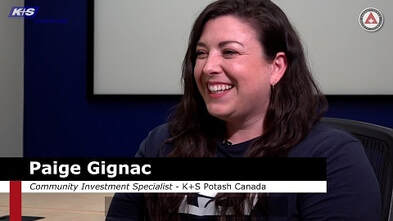 Page Gignac represents K+S Potash Canada as they support community efforts Page Gignac represents K+S Potash Canada as they support community efforts
Paige Gignac is a Community Investment Specialist for K+S Potash Canada, as well as the host of our site tour of the Bethune Potash Mine. We learned that at K+S, safety doesn't end at the workplace.
"Its really important that our employees are safe at work, so they can go home to their friends and families, and really participate in the growth of their own communities, ultimately making the community safer for everyone."  Brett Welder shared his experience with prior safety training, and how that eases the onboarding process when taking on new workers. Brett Welder shared his experience with prior safety training, and how that eases the onboarding process when taking on new workers.
Brett Welder is a Senior Manager in HSSE at K+S Potash Canada. "That Basic Knowledge just gives us something to build upon." he said about new workers who have taken the SSC's Hearing Protection Training. Brett told us that "It does give them the basic backgrounds when you are introducing topics like hazard awareness, hazard recognition, PPE, things like that. They already have that base knowledge, so you don't have to start from scratch."
For sponsoring youth injury prevention programs such as hearing protection, we thank K+S Potash Canada for all they do. Leaders like Paige and Brett promote the use of Career Safety Education and leverage the programs as part of their onboarding process, thereby ensuring new workers enter their chosen industries with foundational safety knowledge.
What does injury prevention mean to your organization? Learn more about sponsorship below:
The Saskatchewan Safety Council Hearing Protection course reveals that noise is, in fact, a controllable hazard with the proper training and safety measures in place. By understanding how to control it, and protect yourself, you will significantly decrease your risk of injury and hearing loss.
Register Here for Free Training Mental Health Wellness Resiliency - The Council's Foray into the World of Inflicted Injuries8/31/2023
Historically shrouded in various stigmas and often received with discomfort and hesitancy, "Mental Health" has transitioned from being a term used only in the complex world of psychology and healthcare to a more prominent everyday topic of conversation.
As a result of more frequent exposure, healthy discussions pertaining to one's mental well-being are slowly becoming more common in Saskatchewan, especially in relationship to health and safety in the workplace. Access Training: https://www.sasksafety.org/online.html
As is the case with any trending topic, public awareness campaigns from large corporations and countless social media strategists have arrived to capitalize on the wave of attention. And while the arrival of mental health awareness is of course a good thing, how will caregivers, educators, and employers wade through the masses of testimonies, advice, and related solutions?
The Council proposes, after expert consultation, research, and development, that the skill of resiliency is the critical first step in developing a mental health foundation. Resiliency in this context means the ability to recover quickly, respond to challenges, and maintain poise through the hardest of times. Building the skill of resiliency is what we seek to inspire with the “Mental Health Wellness Resiliency” course.
This new course seeks to inspire resiliency in it’s participants by examining the perspectives of different people who have found ways to focus on healing that ultimately builds resiliency. Hosted by award winning author, speaker, and mental health expert Allan Kehler, and featuring Saskatchewan residents who share their stories, struggles, and healing journey, the Council’s content specialists combine digital graphic arts, interviews, statistics, and hosted lectures to develop an immersive and engaging learning experience.
It is an introduction to a broad topic, to start our minds on a journey of understanding what it means to be mentally healthy.
Along the way, learners are given numerous challenges to work into their daily routines that will further strengthen their health and ability to withstand the pressures of the everyday world.
This learning program has been led by Saskatoon’s Allan Kehler. Allan is one of Canada’s most sought-after experts when it comes to the topic of mental health and wellness. He has stood on more than 500 stages and is the bestselling author of four books.
Together with Allan, two subjects share their personal stories, struggles, triumphs and defeats on their journey in becoming mentally healthy. 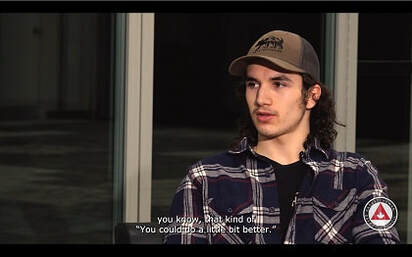
Jaxon, aged 17, has grown up in the Kenaston, SK area his entire life. After experiencing struggles in dealing with anger, isolation, and depression, Jaxon made the decision to reach out for help. Now, Jaxon employs various healthy strategies in understanding himself and those around him.
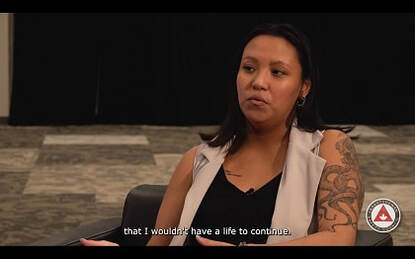
After suffering from domestic violence in an abusive relationship, Kayleigh made the bold decision to leave her old life behind. Sharing cultural teachings passed down to her, paired with other healthy tactics she has learned along the way, we learn how a self-discovery and self-improvement journey is never over.
It's time that Mental Health training smashed through the buzzwords. “Mental Health Wellness Resiliency” features real Saskatchewan stories, from real Saskatchewan people. Breaking down real problems, and discovering real solutions. Resiliency is what we seek to inspire.
Access Training: https://www.sasksafety.org/online.html Is charitable community injury prevention something your organization values? Consider sponsoring the Council as we create free resources to combat preventable injuries in Saskatchewan: https://www.sasksafety.org/sponsorship-support-levels.html
What is the “Retail” Industry? Retail is considered the public facing element of the all-encompassing world of goods and services, specifically defined as the “sale of goods to the public in relatively small quantities for use or consumption”(Oxford dictionary). As you can imagine, many large and small businesses in Saskatchewan fit this description.
Access Free Training: https://www.sasksafety.org/online.html
Naturally, such businesses employ many new workers of all ages, with many high-school aged youth choosing the retail industry as their entry point into the workforce. New Canadians, people with special needs, retired workers, and experienced workers with expertise in other industries are also prevalent in the retail environment. Overall, approximately 11.5% of the Canadian workforce finds employment in the retail industry.
Because these environments seem familiar to many, and since the public often shares space with employees, there are misconceptions that these workplaces are perfectly safe, injury-free zones. But this is not true, many hazards exist that endanger retail workers. Various ergonomic difficulties, dangerous air quality and materials, exposure to chemicals, and extreme temperatures can be present in these wide-ranging environments.
The most common injuries in Saskatchewan retail environments occur to the hands, back, and legs, most notably from sprains, strains, and cuts, as well as slips, trips, and falls. Some lesser known dangers of the retail industry include hazards of a more personal type, such as violent attacks and other psychological stressors which are present for those in positions that regularly deal with customers and the public.
These are preventable injuries and controllable hazards. Proper training and supervision are critical in preventing these injuries which affect some of the most vulnerable workers in Saskatchewan. Thankfully, completely free injury prevention training now exists for new workers in the retail industry.
The “Retail Safety Training” course is designed to efficiently provide safety orientations to those who are new to retail work in Saskatchewan. Providing necessary information to help retail workers make safe choices, this 50-minute concise training course features wide-ranging online accessibility and only a brief time commitment from the participant. As a result, it can easily be integrated into a new employee on-boarding process.
Topics include:
By introducing new workers to potential workplace hazards and the appropriate controls, long before they enter a retail workplace, a foundation of safe thinking is built. This will help orient them to the dangers of their work environment.
The Council and its free programs are supported by the following multi-year organizational sponsors: CAA Saskatchewan; Crescent Point Energy; Heavy Construction Safety Association of Saskatchewan; K + S Potash; Meridian Surveys; Saskatchewan Association for Safe Workplaces in Health; Saskatchewan Common Ground Alliance; Saskatchewan Construction Safety Association; SaskEnergy; and WorkSafe Saskatchewan.  Rory McCusker, New Media Specialist Rory McCusker, New Media Specialist
Do you remember your first job?
I certainly do. I was 14 years old, starting work at a small commercial kitchen in my local curling club. The job was challenging, frustrating, and completely different from anything I had experienced. I remember every painful mistake during those first few days on the job. Looking back 16 years later, I can only smile and be thankful. Why? Because like many people in Saskatchewan, I credit that first job with teaching invaluable lessons that would stick with me forever.
Even my most nervous feelings at the time have now morphed into a blissful memory. I certainly remember how proud my parents were to see me earn money, build my personality, and adopt a keen interest in a tradable skill.
If you ask an experienced worker or elder in your community, “what was your first job?” I know that you will hear some treasured stories just like mine. How do I know this? Because that’s exactly what we did. Our content team asked dozens of people in Saskatchewan all about their first jobs.
We learned that first jobs have changed over time, and so have the training and safety practices… Along with minimum wage! We learned that basic training was not always a guarantee, and that injury prevention has not always been a priority.
But what does remain the same across the many generations of people we talked to, is this strong memory of a treasured personal journey. Experiencing those nerves and feeling that doubt. Only to conquer these feelings, emerging from the challenge a more confident, purposeful, and complete person. This common sentiment is written in capital letters across the glowing faces of those we asked about their first jobs.
I hope everyone in this province can experience something like I did in my first job. Like me, I hope new workers can regard their first jobs as a time they grew exponentially as a person. But sadly, this is not always the case. New workers at any age, in any industry, are at a much higher risk for workplace injury. Tragically, because of this, for some, their first job is also their last one.
Now, imagine living in a province where parents, teachers, elders, and friends are confident sending new workers into the wide world of employment, knowing that everyone in that workplace has already been trained in injury prevention. Imagine living in a province where new workers will learn how to make their own way, experiencing challenges and overcoming obstacles, absorbing lessons that will stick with them their entire life, all while being supported with training and orientation that will greatly reduce their risk of injury.
At the Saskatchewan Safety Council, we know that Saskatchewan can, and will be, a province of safety excellence. We believe that new workers deserve to experience all the ups and downs, challenges and obstacles, all while keeping themselves and others free from injury, and of course, all while forming treasured memories. With our commitment to embedding injury prevention content in public school curriculums, and by providing Career Safety Education Trainingfor FREE to anyone in the province, regardless of age, experience, or geographical location, we can be confident that new workers will start their employment journey with a much lower risk of injury.
Will you support this mission to create a province of safety excellence? Will you share this online training with your school, workplace, and community? If you believe in this mission of injury prevention for all, please consider subscribing to our content channels or volunteering with us.
As always, we thank you for reading, viewing, sharing, and for working together to create a province of safety excellence.
For a new worker in Saskatchewan, the first days of employment can feel overwhelming.
Though a new career is often a positive experience, those first days can be considered challenging, confusing, or even downright frightening for some. This might be because many new workers feel pressure as they are eager to contribute, be seen as useful, and sense belonging. For these new workers who are enthusiastically looking to prove themselves on their first days, valuable safety information could be missed, as they may often be distracted by trying their best to ‘fit in’ or ‘look the part’.
It is understandable for anyone working in a new professional setting for the first time to deal with fears involving doing the job incorrectly, fitting in socially, or having trouble understanding terms and concepts as they relate to their new work environment. Even for an experienced worker who is now comfortable at their job, learning a new task or responsibility can excite these same feelings. In other words, the prevailing fear that comes with starting a new job might be simply called the ‘jitters’, a fear of ‘messing up’, or ‘letting co-workers down’.
These strong feelings are common and to be expected as new workers begin their jobs in Saskatchewan. However, the significance of these realities is great. New workers struggling with these distractions are at higher risk of missing important training on safe practices, new environments, or dangerous equipment. These distracted, fearful attitudes lend themselves to terrible outcomes, as preventable workplace injuries and fatalities continue to happen to those who are not properly oriented to their new environment.
New workers will have enough personal stress to focus on during their first days on the job, which is why providing safety training early, at the first opportunity, or even prior to starting a new job is not only helpful, but also necessary. Such an early education helps form a foundation of safe thinking that reduces the likelihood of a preventable workplace injury, or worse.
The Saskatchewan Safety Council recognizes that for young people anxious to begin their career in Saskatchewan, a gap in training exists between leaving the education system and entering the workforces. This is why the Council has worked together with several other industry partners to provide a solution. That solution is called Career Safety Education.
“Career Safety Education”, is a completely free online series of workplace safety training programs that build a foundation of knowledge for any new worker by increasing the participants' awareness of hazards and providing a baseline understanding of how to manage the risks present in a broad variety of industries. Career Safety Education continues to grow, as more Saskatchewan organizations recognize and support this program.
As an Employer, recognizing an applicant or a new hire that has completed Career Safety Education is an indication of the value placed on having new workers who have committed themselves to learning safe practices.
As an Educator, encouraging students to participate in Career Safety Education so that they may make a safe transition and entry to the workforce shows that appreciation for this critical stage in a young person's life. As a Parent, recommending Career Safety Education is a clear indicator that safety and awareness are paramount as youth explore possible career paths. Business can show support for the program by becoming a sponsor and advocating for its use.
As Career Safety Education improves and expands, Saskatchewan communities can rest assured knowing quality resources have been put forward to ensure new workers have the resources they need to begin their careers safely.
Explore Career Safety Education: https://www.sasksafety.org/career-safety-education.html Consider Sponsoring the Saskatchewan Safey Council: https://www.sasksafety.org/sponsorship-support-levels.html The Les Donnelly Scholarship annually provides financial assistance to a post-secondary student who is a resident of Saskatchewan and has contributed to health and safety in their community.
In 2022, three recipients were awarded the Les Donnelly Scholarship. Laura was awarded a $3,000 scholarship, Kyler $1,000, and Hikari also $1,000. Kyler was the first student to ever complete the Career Safety Education Special Project Credit at his school. Over one semester, he spent over 100 hours researching workplace safety and completing safety courses. 26 of them! Our three recipients are shining examples of this dedication to community injury prevention. We hope that Laura, Kyler, and Hikari, continue to make a difference to the health and safety in their community and wish them all the best in their educational journey! Know of an aspiring post-secondary student in your community who has a passion for health & safety? Download an application form, and learn more about the Les Donnelly Scholarship here. "C’mon, we’re all doing it!" Have you heard this line before? Peer pressure, social tensions, and violence among youth is not new. Only the popular technology used to influence behviour has changed, and once again, young people have mastered it. In this ever-evolving electronic world, as technology and social development meet, young people always seem to be one step ahead of those that try to intervene early in violent behaviours; often educators, parents, and mentors. Youth have always mastered the trendy and avant-garde technologies of their times. Leading their development, testing the capabilities in ever more creative and involving ways. This often facilitates beautiful expressions of one’s self and environment that can be incredibly healthy and fulfilling. But, for all things there must be balance. Converse to the positive expression, technology can also facilitate the expression of harmful, violent, and even criminal behaviour. The world of cyberbullying - intimidation, humiliation, spamming, harassment, and other harmful tech-facilitated violent behaviours. The trouble for concerned caregivers is that these tech-facilitated communications cannot be seen, heard, or touched. And what’s more, is that the ever-changing evolution of these communication technologies will inhibit a caregiver’s ongoing ability to recognize, intervene, and ultimately treat the youth affected. We decided to investigate this ongoing issue with our friends at Campus Regina Public in Regina, SK. Working with grade 11 students in the “Advanced Media Production & Content Creation Program”, first we discussed issues that were affecting their mental health and social wellbeing. Then, we invited this class to participate hands-on in the production of a short video project on a relevant topic to their daily lives - cyberbullying. What we heard from this class, and what has been documented in surveys collected from hundreds of youth in Saskatchewan, is that the majority of communication happens online, and that cyberbullying had risen to become the most prominent form of bullying. - SAYCW "Youth Health Survey Report 2016" By the mid 2010’s, a technological shift in communication had already occurred long before the youth of today’s school years began. These youth have always felt pressure to join in these new, ever evolving online worlds of communication, a prominent example of which being “group chats”. These multi-user chat spaces are created for seemingly every social circle. Some chats are with family, some are just for friends. Some chats are for sports and rec groups, video games, events, parties… You name it, there is a group chat for it. Two years of online learning supported group chats between classmates and coworkers, teachers and students, further driving much of social behaviour to be expressed online, and further creating an implied approval from authority that online communication is appropriate in most circumstances. The relation between social media, and to an extent communication platforms, is only now starting to become linked to depression, anxiety, and other social stressors. Suicide rates have been steadily rising among youth in Saskatchewan, with suicidal plans and thoughts also being reported by higher and higher percentages of youth (SAYCW study). Behaviours like targeted harassment, privacy violations, social exclusion, and other harmful actions have migrated to the online space with ease. Youth take advantage of the idea that parents, teachers, mentors, and other caregivers are unaware of the harmful communications taking place online. - SAYCW "Thriving Youth, Thriving Communities 2019" Report
As mental health becomes a validated subject as we as caregivers do our best to prevent injuries and promote life, an acute awareness of the modern issues effecting youth is a must in a caregiver's quest to prepare youth with the tools they need to achieve their best. New electronic venues of communication, like “group chats”, are part of a digital world that youth have been forced to learn all on their own. By connecting these modern communication trends facing youth today, to the lessons we have learned from bullying and harassment in the past, we can better care for students and youth to ensure they are prepared to deal with the psychological pitfalls of these modern challenges. Looking for resources? FREE Mental Health Wellness Resiliency Training: https://www.sasksafety.org/online.html Sasktel Be Kind Online: https://bekindonline.com/ Saskatchewan Advocate for Children & Youth: https://www.saskadvocate.ca/ Want to support content just like this? Play a role in the creation of a province of safety excellence. Donate Today at: https://www.sasksafety.org/support-us.html - Charitable Registration Number: 11914-0382-RR Free training and resources are made available thanks to contributions from our Donors, Members and Sponsors that believe in our shared goal of creating a province of safety excellence. The 3rd Annual Cade Sprackman Safety Day, held on June 1st at the Hudson Bay Community School, was an inspirational example of what a community dedicated to injury prevention can do. With the help of community volunteers, grades K-6 participated in a bike rodeo, and outdoor survival lessons. Grades 7–12 students interacted with several industry and health professionals, learning about a variety of workplace and recreational safety topics throughout the day. Cade Sprackman was a Hudson Bay Community School graduate, who was fatally injured in a workplace incident. Cade’s story is always remembered in this community, and we thank the Sprackman family for sharing their experience. Saskatchewan workers under the age of 25 are at the highest risk of injury, with over 3,000 injuries being reported annually. On June 1st, 2022, Hudson Bay, SK showed us the power of a community inspired to prevent young people from being injured or killed. To kick off the event, Cade’s parents, Michelle and Jerry Sprackman, delivered a speech that inspired students, teachers, and community volunteers. With the audience’s focus squarely on them, they spoke about Cade’s journey. From Hudson Bay to Saskatoon, inspired by his dream of attending arts school, Cade committed himself to a hazardous new job to earn money for his education. Three weeks into his new position, Cade suffered a fatal injury. This was a powerful message for the youth in attendance, coming from parents who are forever inspired to see their community prevent young workers from harm. A quiet, focused gymnasium was reminded how precious life truly is. As the students began activities for the day, it was apparent they were having fun interacting with the 32 Skill Demonstration Stations that cycle through the Amazing Safety Quest. K-6 students enjoyed a bike rodeo, as well as demonstrations centered around water safety, farm safety, and outdoor safety. Grades 7–12 learned the importance of being safe at work, practicing skills that ensure health and safety are present in every workplace. With many of these students already employed part-time, the hands-on training came at a very opportune time for them. Feedback received from students indicated that they enjoyed learning about the injury prevention topics through hands-on activities. A team named “Team Tigers” shared that “The Amazing Safety Quest kept us engaged about safety” and that “All of the activities were fun”. Each Team in the Amazing Safety Quest also voted for their favorite Skill Demonstration Station. For some, it was the Mental Health station, for others it was ladder safety, an AED station, the ATV station, a fatal impairment activity, distracted walking, or the lift and carry station. Collecting points through their “Team Passport”, the teams enjoyed a competitive element, spurring their motivation to score high at each station. Teachers and Community volunteers mentioned how phenomenal it was to see so many local organizations coming together for this year’s Cade Sprackman Safety Day. The station volunteers were made up of local volunteers from health, education, and industry. One volunteer said:
The day prior, grade 10-12 students completed an in-person Defensive Driving Course which emphasized the importance of becoming a defensive driver on the road, citing law requirements, safe driving behaviors, and best practice techniques. Hudson Bay, like many Saskatchewan communities, relies on secondary and rural roads. Youth can use the tools and standards learned in the course to evaluate their own driving. The Saskatchewan Safety Council will continue to share Cade’s story, to help promote the importance of safety training and to prevent injuries and fatalities in the workplace. Career Safety Education is a FREE online program for youth in Saskatchewan, and with the support of our annual Members, Sponsors, and Donations, a wide variety of additional training is FREE for everyone in the province. Grade 10–12 students completed Career Safety Education before the annual Cade Sprackman Safety Day. Do you feel an Amazing Safety Quest could benefit your community? You can host your own Amazing Safety Quest, and the materials will be provided for you to do so. Contact Us for materials and information! The Saskatchewan Safety Council has partnered with the Ministry of Education to review and provide feedback on strengthening injury prevention and safety procedures and practices in Saskatchewan curriculums. What will change for Saskatchewan students, educators, and school communities? The MOU that has been signed forms an integral part of the Community Safety Education Strategy. What is the Community Safety Education Strategy? The Community Safety Education Strategy (CSES) was created in 2019 to provide school divisions a unified strategic approach to ensure education stakeholders are informed, involved, and engaged in creating a culture of safety for students, employees, and community. Why was the Community Safety Education Strategy created? A solution to ending our provincial unintentional injury epidemic lies in teaching future generations injury prevention values at an early age. Developing a cultural norm with injury prevention as a core value, however, takes a collaborative effort among students, parents, staff, community members, government, and industry. The Community Safety Education Strategy provides the necessary structure for this initiative. Integral to the strategy are four pillars: How does the Saskatchewan Safety Council contribute to this strategy? The Saskatchewan Safety Council has focused attention on High Quality Teaching and Learning. In December 2021, Saskatchewan Safety Council and Saskatchewan Ministry of Education signed a Memorandum of Understanding (MOU) with the intent to support and enable Saskatchewan curriculums to incorporate injury prevention (safety) outcomes and indicators where appropriate; and provide injury prevention resources that are supported by industry with best practice standards in health and safety. 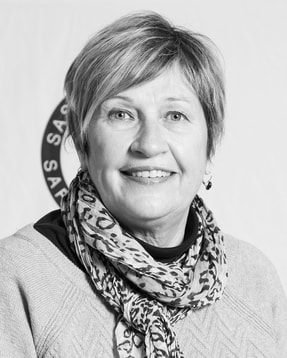 Photo: Barbara Compton, Community Safety Education Strategy Coordinator Photo: Barbara Compton, Community Safety Education Strategy Coordinator The Ministry of Education Curriculum Unit reviews new and renewed curriculum documents that are used by teachers. Working closely with the Saskatchewan Safety Council Community Safety Education Strategy Coordinator, Barbara Compton; B.ED & M.ED Curriculum and Instruction, two-way communication is facilitated with feedback being provided on opportunities to strengthen injury prevention and safety procedures and practices. The Council works with the Ministry of Education to provide safety expertise from Canadian Registered Safety Professionals (CRSP's) in developing outcomes and indicators that will be embedded in new and existing curriculums. The Council works with the ministry to either source appropriate resources, or where resources cannot be found, create custom resources to meet learning outcomes. Ministry approved resources are then posted on the provincial curriculum website to ensure teachers, regardless of geographical locations, have access to valuable teaching tools. What does this mean for the education community?
The intended goal of this MOU is well-informed students, surrounded by healthy physical and social environments in community that supports living injury free. Though there is now a structure in place to ensure high quality learning outcomes are reached, this process needs feedback from those on the front lines in Saskatchewan education settings to cite areas where improvement is needed. Educators that deliver these curriculums will be in position to identify opportunities to include or improve injury prevention language and skills. As injury prevention finds its way into curriculums, educators embracing these changes will champion injury prevention and safety skills for youth, paving the way for improved injury prevention outcomes not only in the workplace, but in recreation, leisure, and all areas of life as well. Looking for easy-to-use safety education material? Free Community Safety Resources are available. |
Archives
November 2023
Categories
All
|
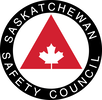
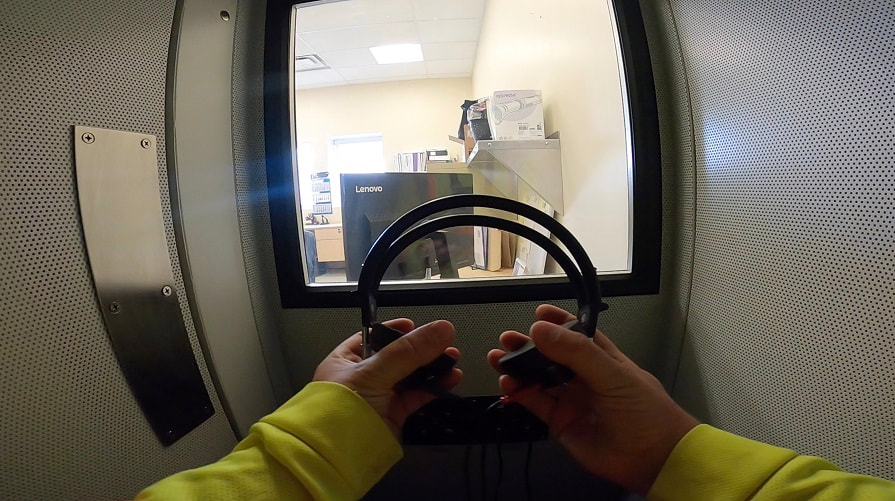
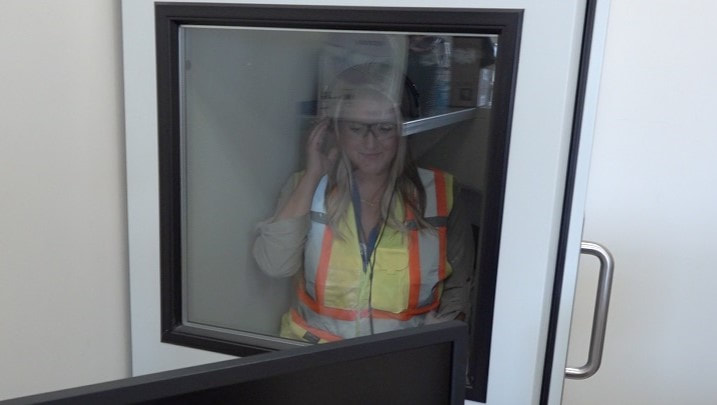
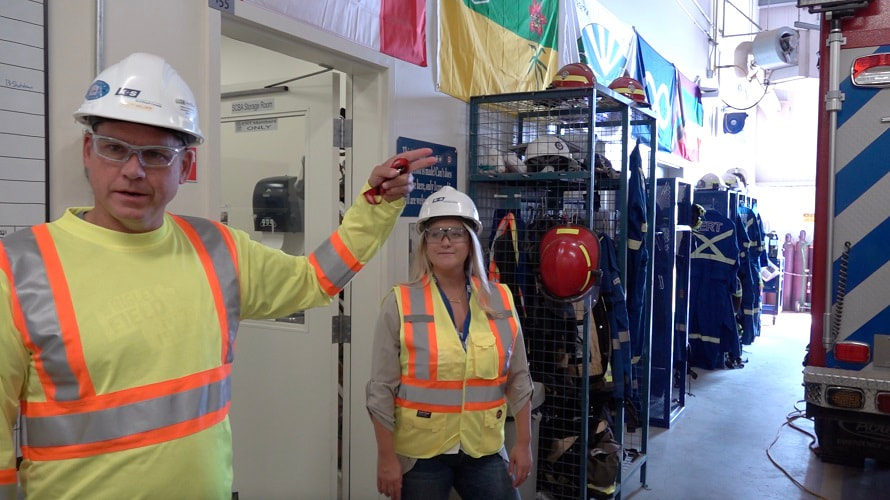
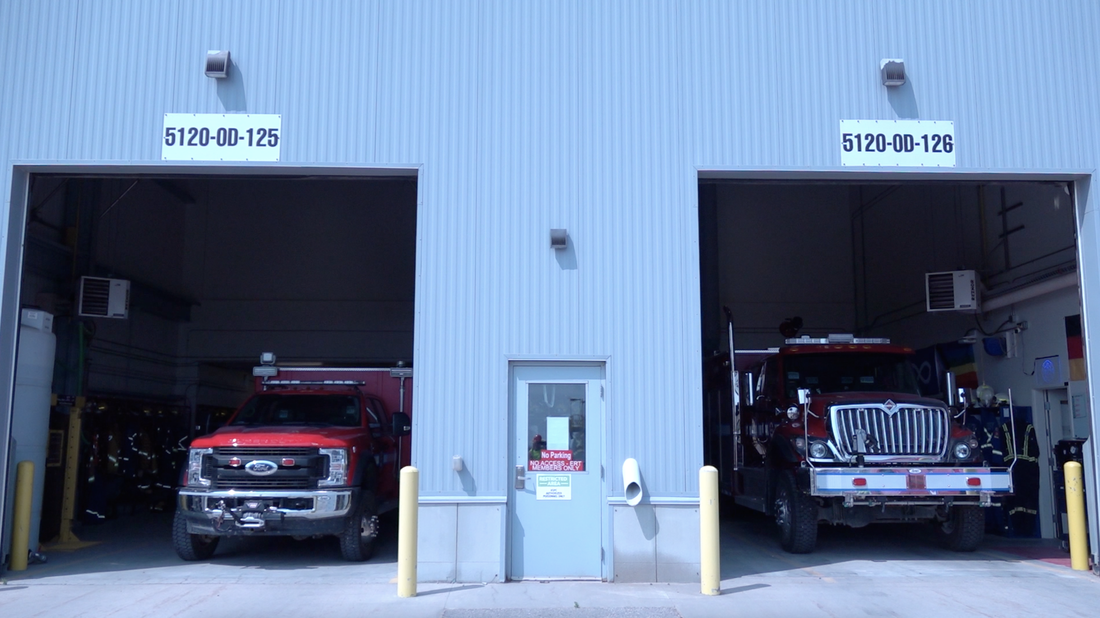
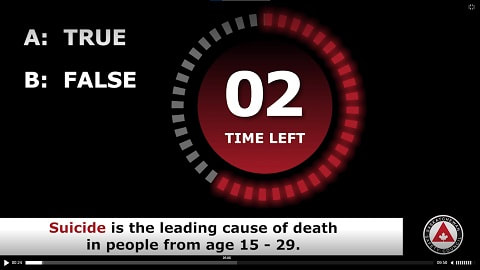

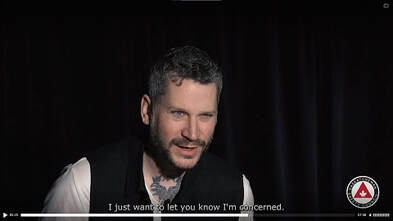
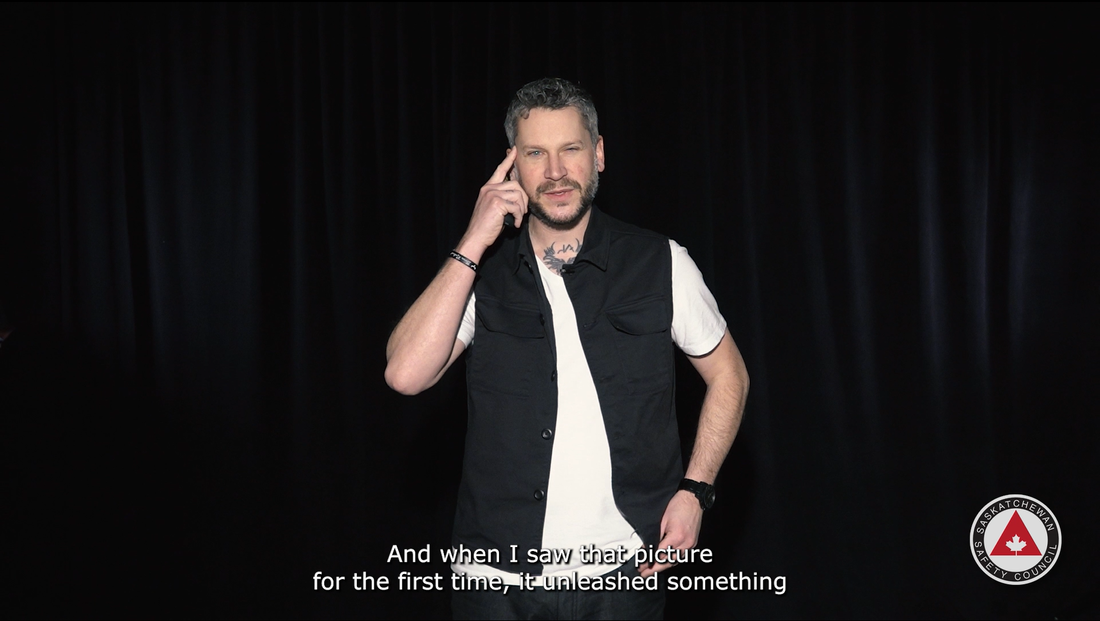
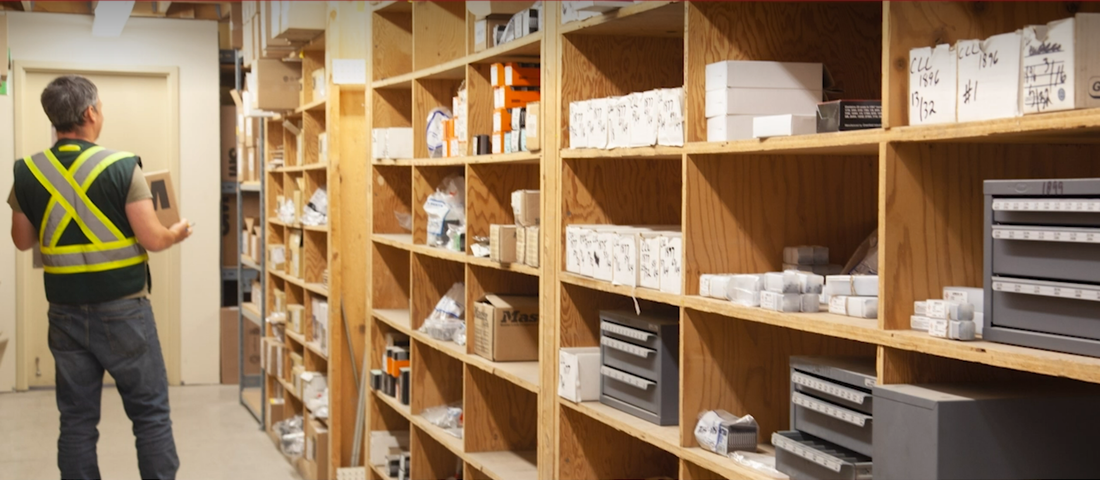

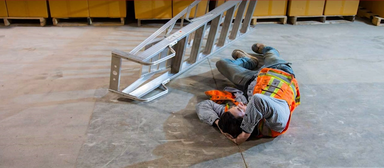
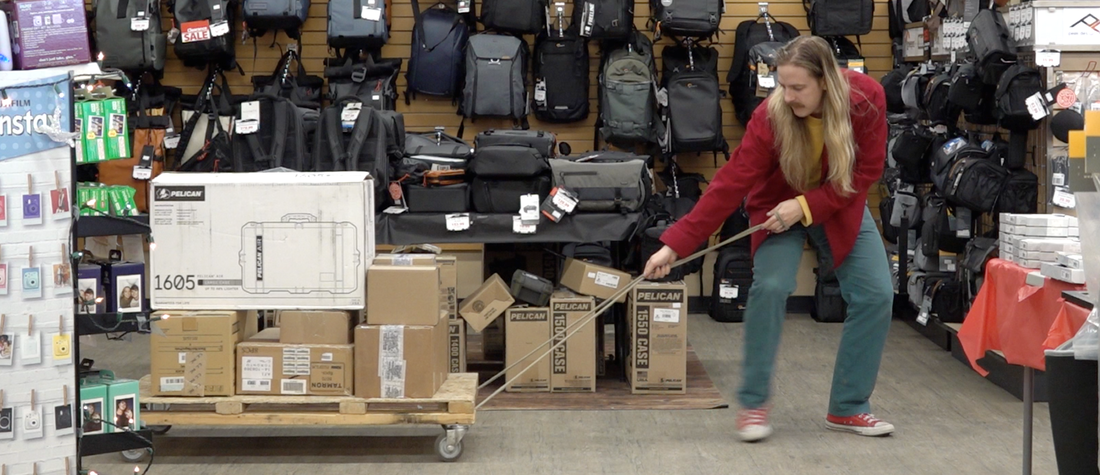
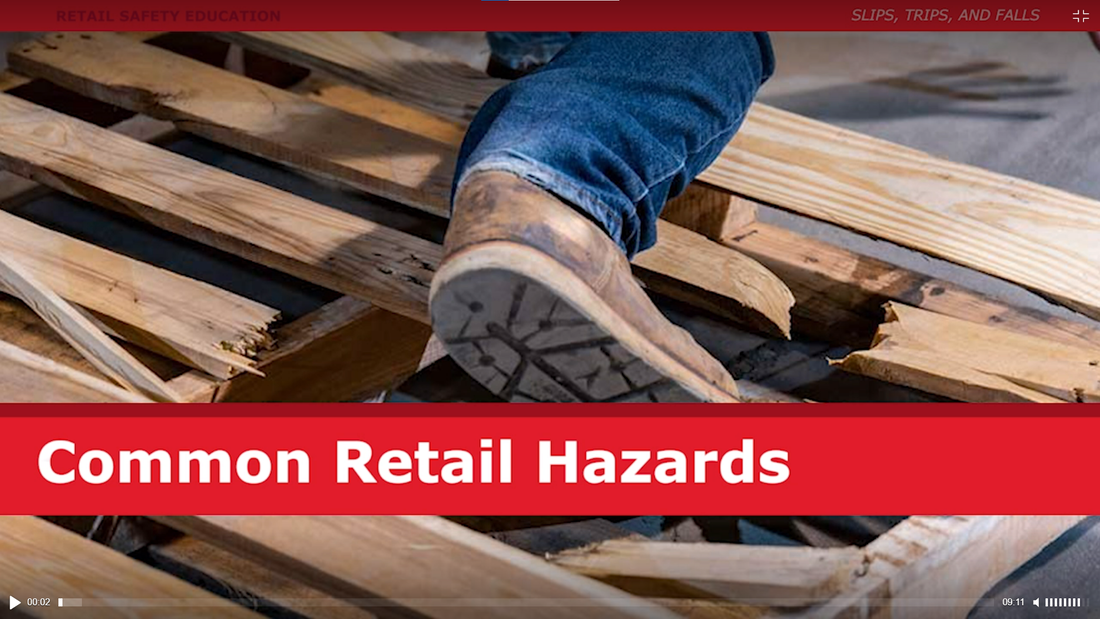
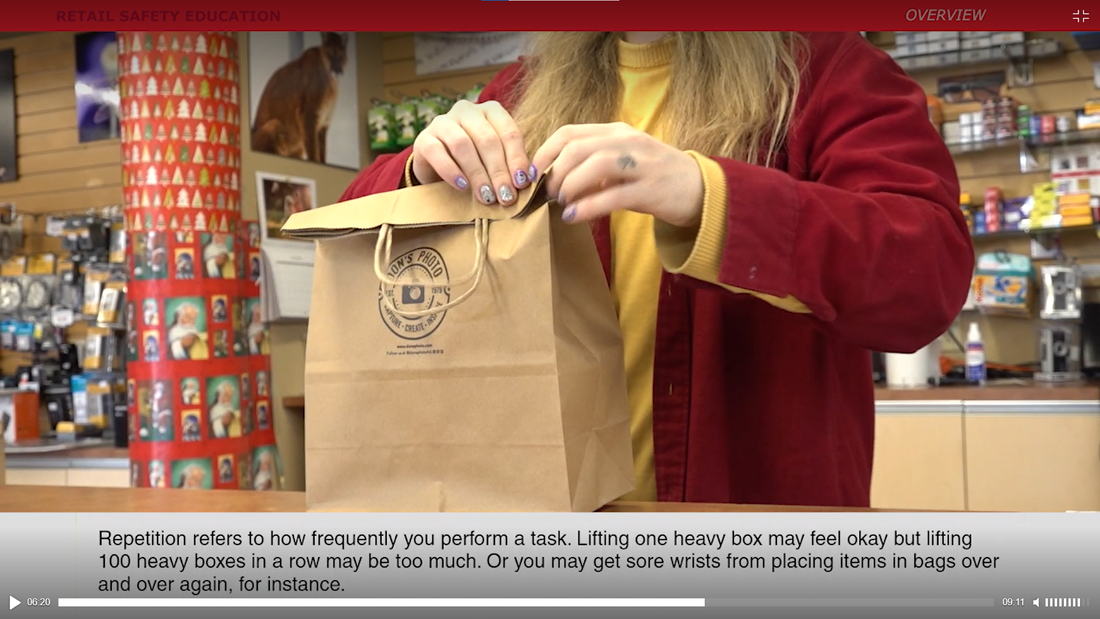
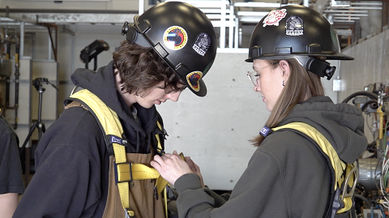
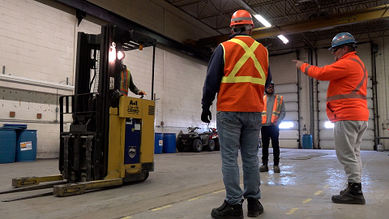
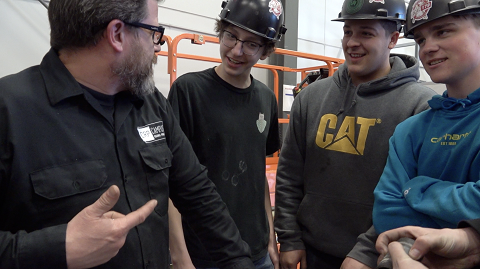
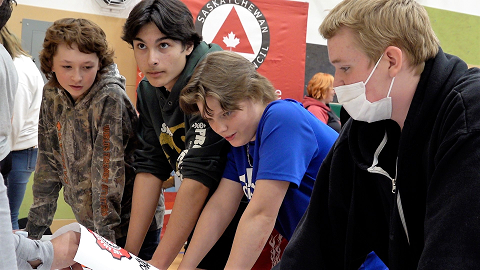

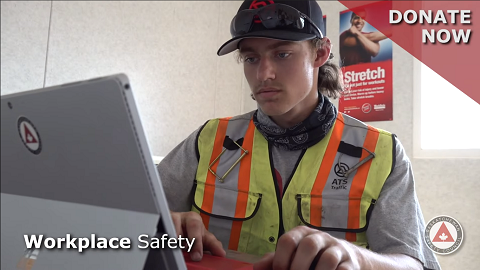

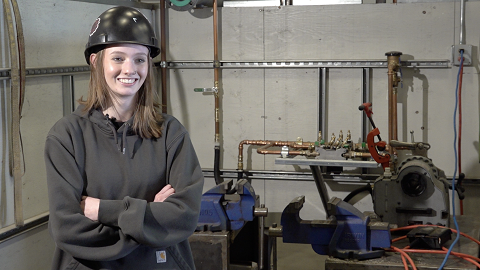

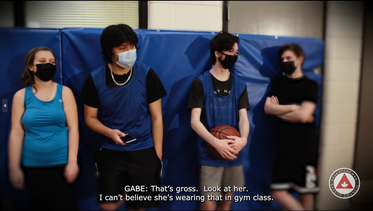

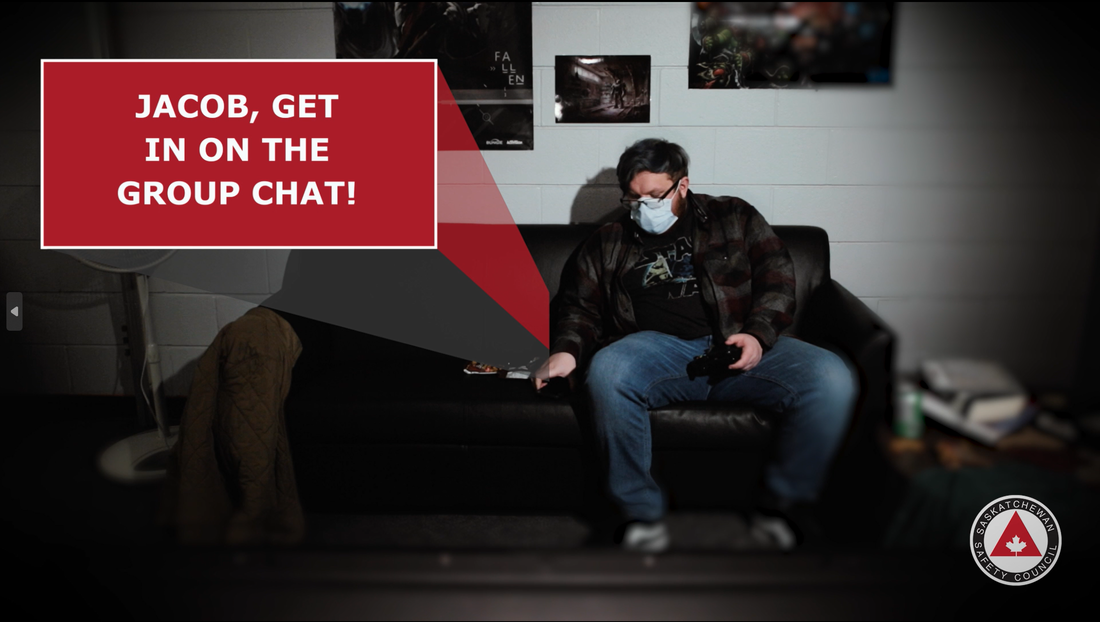


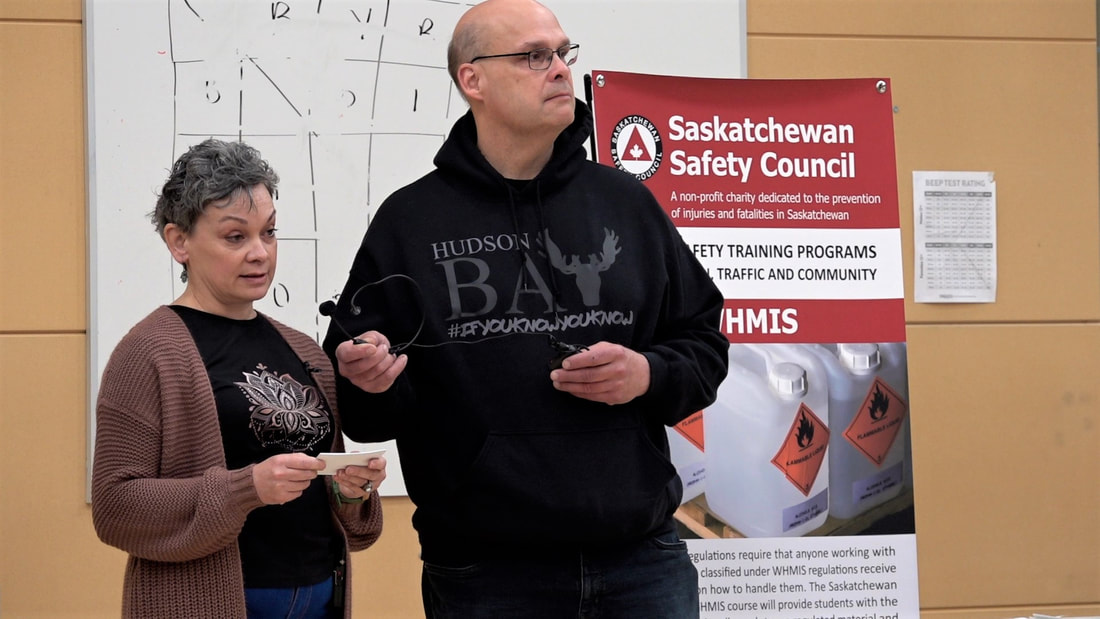
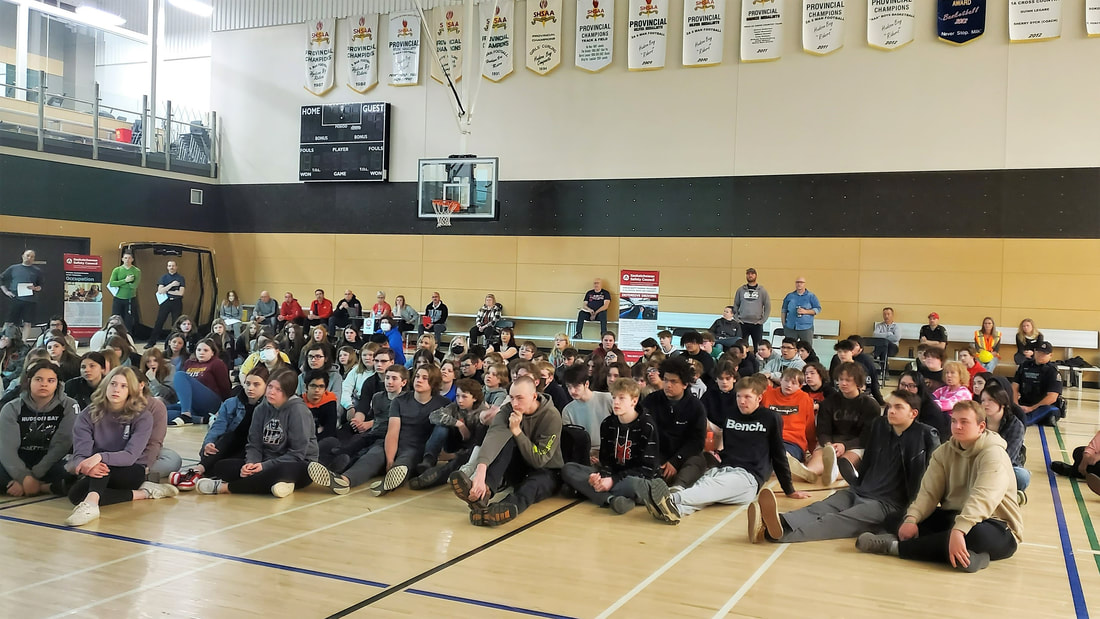
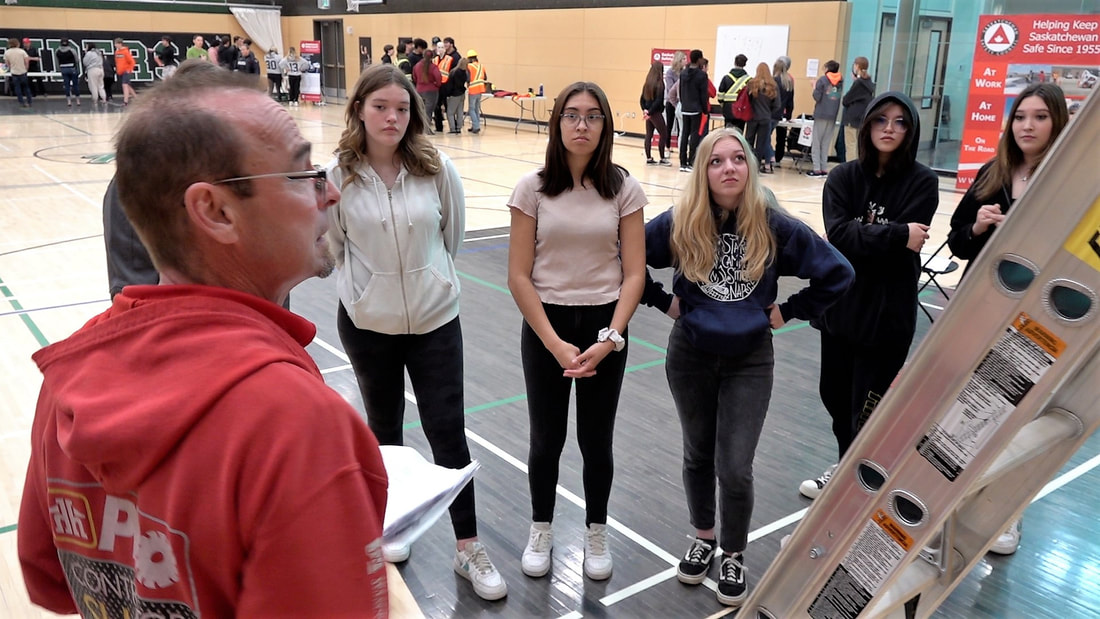
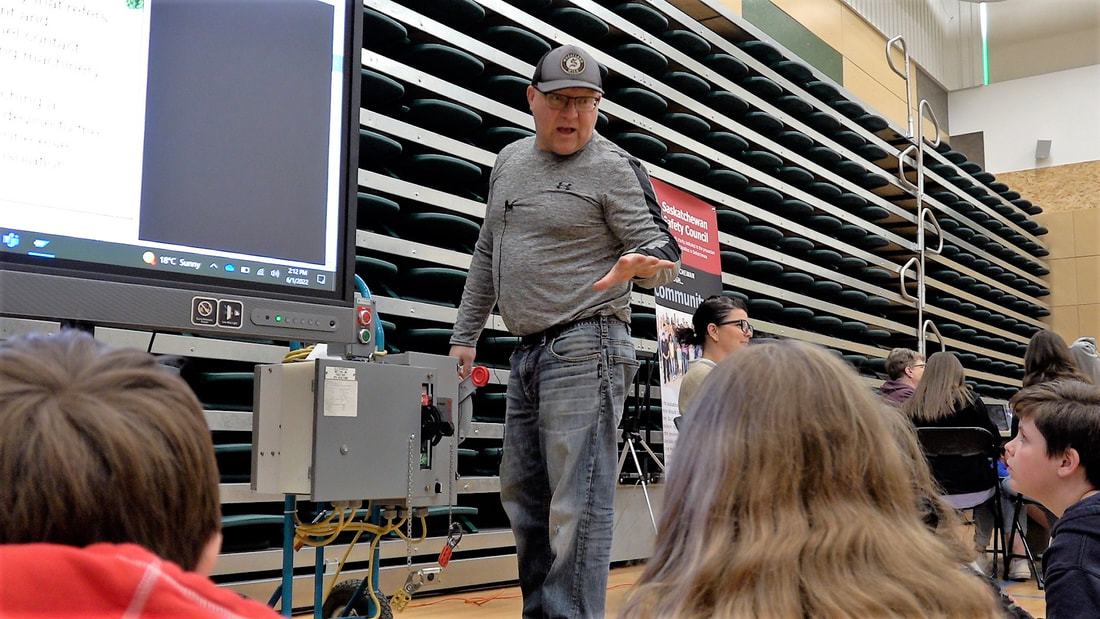
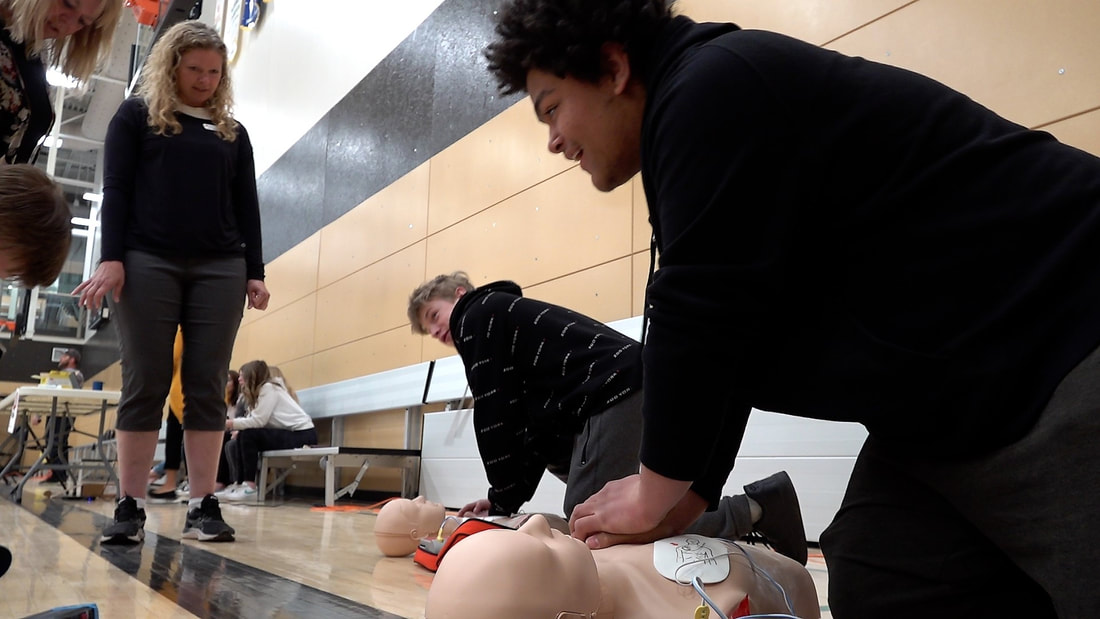
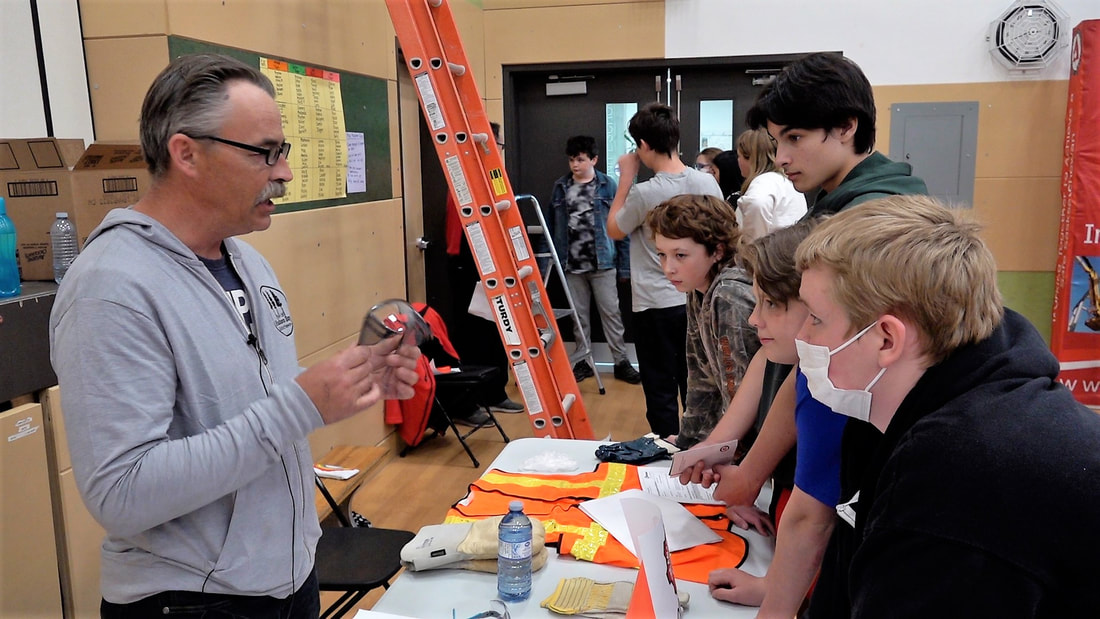
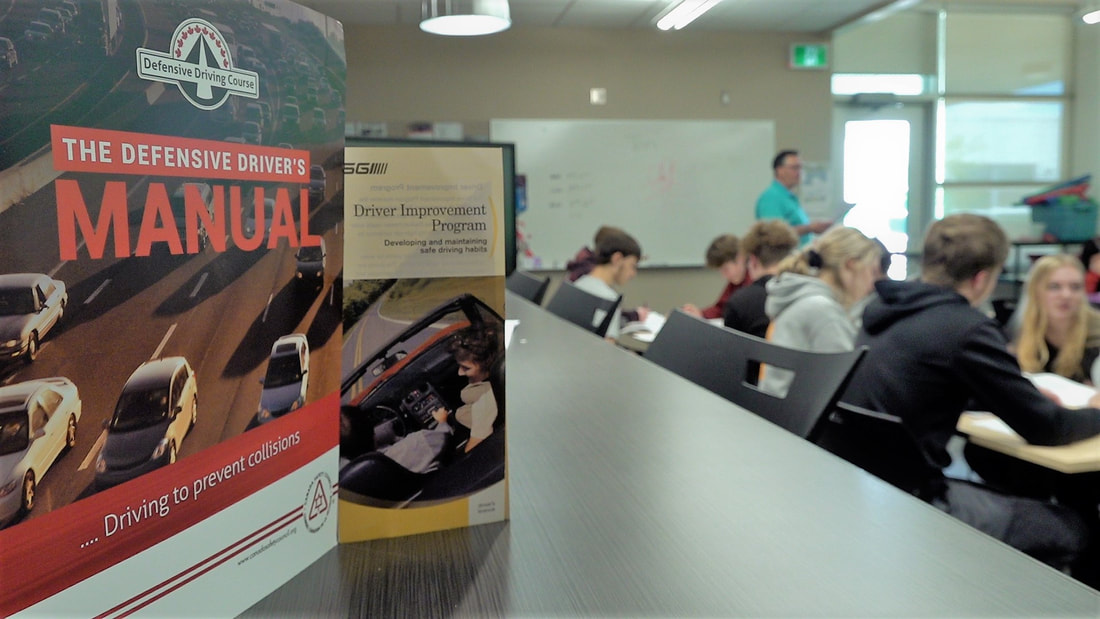
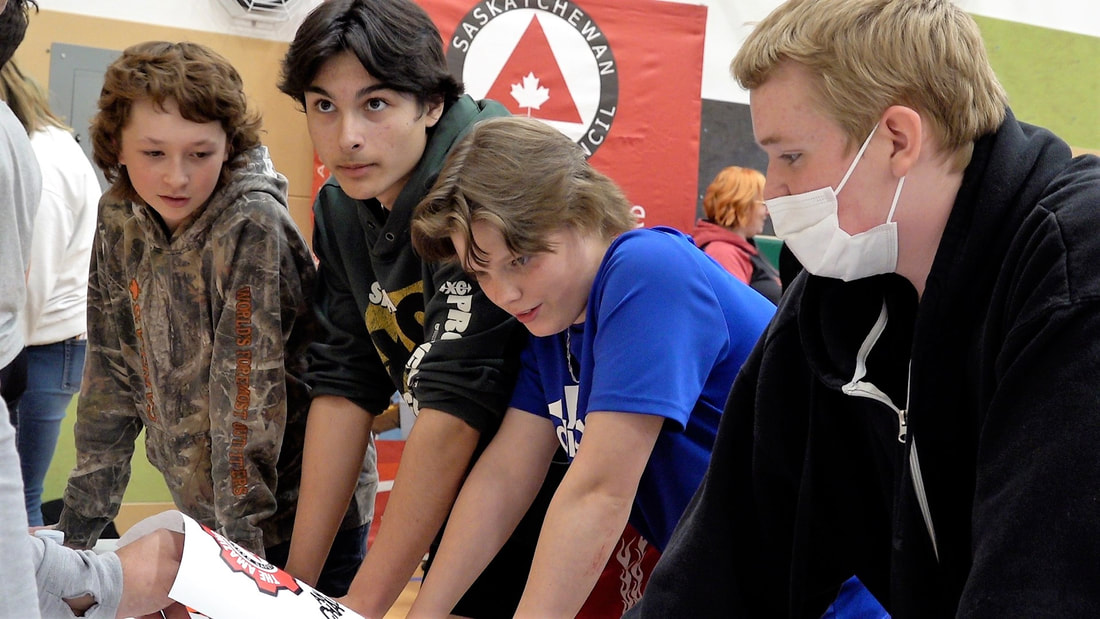
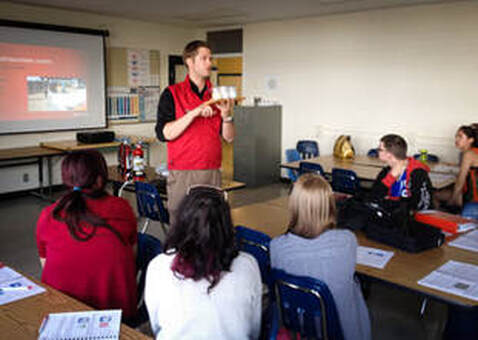

 RSS Feed
RSS Feed
